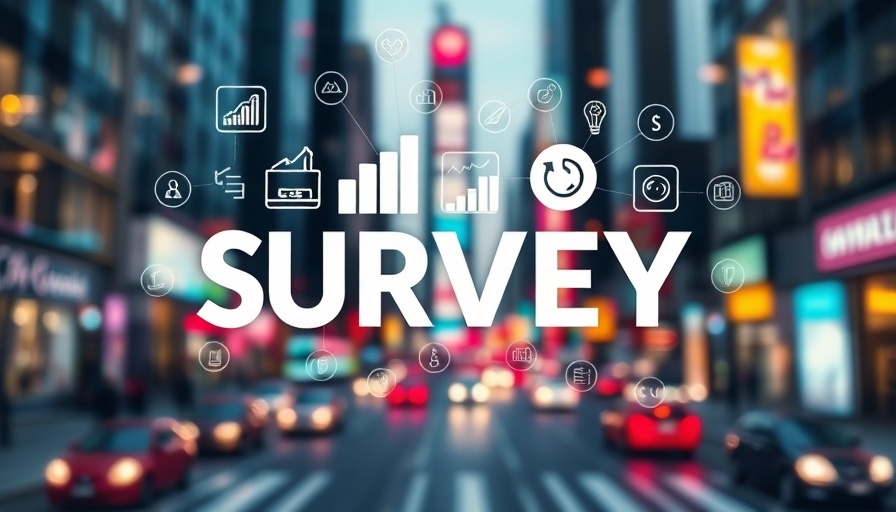
The EU’s Bold Move Towards AI Regulation
The European Union is stepping up its game in the world of artificial intelligence (AI) with the release of its General-Purpose AI Code of Practice. Unveiled on July 10, 2025, this crucial document aims to guide AI developers in aligning with the EU AI Act. This legislative framework is designed to ensure the ethical and safe use of AI across Europe, highlighting a growing concern over the implications of these rapidly developing technologies.
Understanding the Framework: What’s Included in the Code?
The General-Purpose AI Code of Practice comprises three main chapters: Transparency, Copyright, and Safety and Security. Each chapter outlines necessary requirements for developers to foster a responsible AI ecosystem.
The Transparency chapter mandates developers to disclose detailed information concerning their AI models, including training data origins, licenses, energy consumption, and computing power. Such transparency is pivotal in promoting accountability, especially as AI continues to shape various sectors.
Under the Copyright guidelines, there’s a firm emphasis on complying with EU laws. This is particularly relevant given the tension between copyright infringement and the data-mining processes prevalent in AI model training.
Lastly, the Safety and Security chapter is targeted, specifically at advanced models with systemic risks. Here, companies like OpenAI, Meta, and Google must create a robust risk management framework that proactively identifies and mitigates potential threats.
How Tech Giants Are Responding
Interestingly, signing this code is voluntary, but it serves as an obvious signal of compliance with the AI Act. While OpenAI has embraced the Code, Meta has taken a contrary stance. On July 18, Meta's Chief Global Affairs Officer expressed concerns via LinkedIn. Kaplan argued that some provisions introduce "legal uncertainties" and might hinder innovation within the frontier AI space, reflecting a broader backlash from various tech giants.
This tension is underscored by the "Stop the Clock" petition, which has been signed by numerous businesses aiming to pause the legislation's implementation. Their plea highlights a significant issue: the balance between regulation and the rapid advancement of AI technologies.
The Timeline: Key Dates for AI Compliance
Understanding the phased application of the AI Act is essential for developers and stakeholders alike. It’s designed to operate in several distinct phases:
- February 2, 2025: Certain high-risk AI systems were banned, driving home the necessity for AI literacy among all staff members involved.
- August 2, 2025: General compliance measures for general-purpose AI models will come into effect, along with additional obligations for models categorized with systemic risks.
- August 2, 2026: New general-purpose models must comply with the regulatory framework, alongside high-risk systems that fit existing EU health and safety laws.
- August 2, 2027: Older models will also need to meet compliance standards, showcasing the gradual tightening of regulations around existing technology.
The Takeaway: Navigating the Future of AI
The EU's General-Purpose AI Code of Practice represents not only a regulatory milestone but also a reflection of the growing recognition of AI's societal impact. For businesses and developers, this presents both challenges and opportunities. Adhering to these guidelines can fortify trust with consumers, while non-compliance risks facing penalties that could set back innovations. This evolution in AI regulation indicates a collective movement toward ensuring responsible AI practices, essential for creating sustainable and ethical AI solutions.
As this landscape continues to evolve, stakeholders across various sectors must remain agile, adapting their strategies and operations to prosper under this new era of AI oversight. The conversations sparked by these developments will likely play a critical role in shaping future regulations, influencing how AI can effectively complement human capability without infringing on rights or ethical standards.
 Add Row
Add Row  Add
Add 




Write A Comment